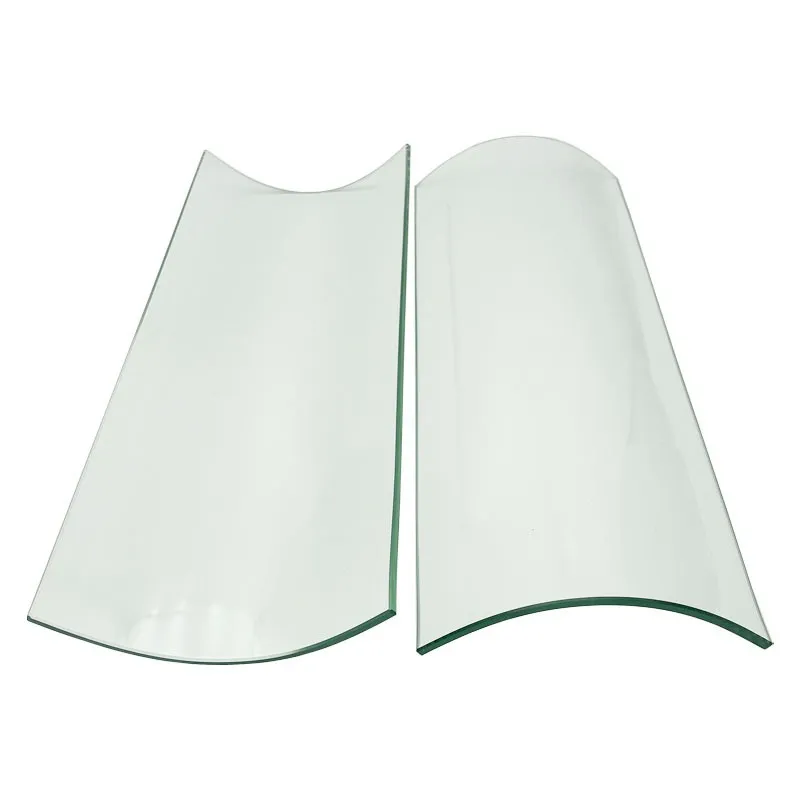Dec . 05, 2024 11:28 Back to list
Versatile Frosted Glass for Stylish and Functional Home Decor Solutions
Exploring the Versatility of Switchable Frosted Glass
In the realm of modern architecture and interior design, the quest for innovative materials has led to the emergence of switchable frosted glass. This remarkable product serves as more than just a functional element; it transforms spaces, offering both aesthetic and practical benefits. By understanding its properties, applications, and advantages, we can appreciate why switchable frosted glass is becoming a staple in contemporary design.
What is Switchable Frosted Glass?
Switchable frosted glass, often referred to as smart glass or liquid crystal glass, is a clever combination of technology and design. At its core, this glass features a special interlayer containing liquid crystals that can change their alignment when an electrical current is applied. When the power is off, the glass appears frosted, providing privacy and diffusing light. In contrast, when the electrical current is activated, the glass transitions to a clear state, allowing visibility while maintaining the aesthetic appeal of transparent glass.
Applications in Interior Design
The applications of switchable frosted glass are diverse, making it a favored choice for various environments. In the corporate world, offices are increasingly adopting switchable glass for conference rooms and private offices. This allows for flexible usage of spaces; rooms can be made private during meetings and then returned to open view when not in use. This fluidity fosters collaboration while also ensuring confidentiality when necessary.
In residential settings, switchable frosted glass can be used in places where privacy is a concern without sacrificing style. Bathrooms and bedrooms can benefit from this technology, allowing homeowners to enjoy natural light while maintaining their seclusion. Moreover, switchable glass is ideal for creating eye-catching focal points, such as glass partitions or feature walls, enhancing the overall aesthetic of the home.
The Benefits of Switchable Frosted Glass
switchable frosted glass

One of the most appealing aspects of switchable frosted glass is its ability to provide instant privacy. Unlike traditional curtains or blinds, which can require manual manipulation, switchable glass allows users to create a private environment at the touch of a button. This ease of use is particularly advantageous in commercials spaces that require quick transitions from open to private settings.
In addition to privacy, switchable frosted glass can contribute to energy efficiency. The ability to control light levels helps in regulating temperature within a space. When the glass is frosted, it reduces glare and heat gain from sunlight, which can be especially beneficial in warmer climates. By reducing the reliance on artificial lighting and cooling systems, switchable glass can help lower energy costs and reduce the environmental footprint of buildings.
Aesthetics and Innovation
Switchable frosted glass represents a harmonious blend of aesthetics and innovation. The sleek, modern look of the glass complements various interior styles, from minimalist to opulent. It enhances the perception of space, making smaller areas feel larger and more open. Architects and designers appreciate its versatility, allowing them to experiment with forms and layouts that were previously challenging.
Furthermore, this technology has opened up new avenues for creative expression in design. Artists and designers are incorporating switchable glass into installations, allowing dynamic changes in visual presentation. From exhibitions to retail spaces, the ability to control visibility can enhance customer engagement and interaction, making it a compelling choice for brands seeking to create memorable experiences.
Conclusion
Switchable frosted glass is more than a functional material; it embodies the spirit of innovation in modern design. With its unique properties, it challenges conventional notions of space and privacy, offering users flexibility in how they interact with their environments. Whether utilized in corporate offices or private residences, switchable frosted glass enhances aesthetics, promotes energy efficiency, and redefines the boundaries of space. As technology continues to advance, it is likely that we will see even more creative applications and developments in this exciting field, solidifying switchable frosted glass as a key player in the future of architectural design.
-
Safety and Style with Premium Laminated Glass Solutions
NewsJun.24,2025
-
Reinvents Security with Premium Wired Glass
NewsJun.24,2025
-
Premium Float Glass Line for Modern Architecture
NewsJun.24,2025
-
Low Emissivity Glass for Energy-Efficient Architecture
NewsJun.24,2025
-
High-Performance Insulated Glass Solutions for Modern Architecture
NewsJun.24,2025
-
Elevates Interior Style with Premium Silver Mirror
NewsJun.24,2025
Related PRODUCTS














